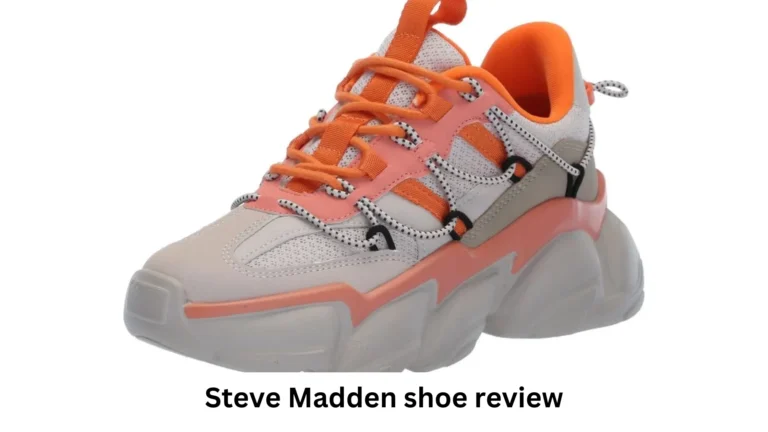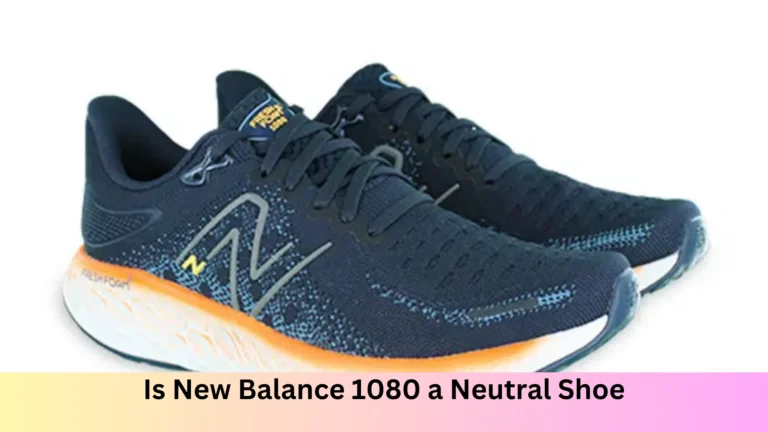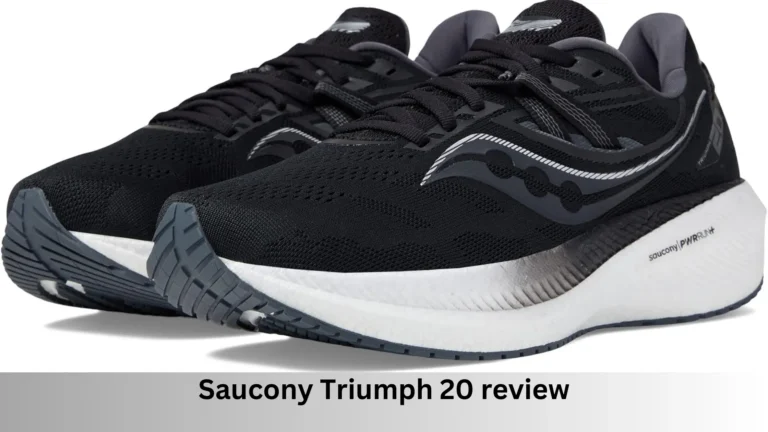
In recent years, the running shoe industry has witnessed a surge in popularity for high-performance footwear brands, with HOKA One One (commonly referred to as HOKA) leading the charge. Known for its innovative design and comfort-driven approach, HOKA has garnered a loyal following of athletes and casual runners alike. However, despite its soaring success, the brand has not been immune to controversy. The HOKA controversy stems from several issues, including concerns over the company’s marketing strategies, potential misuse of product claims, environmental impact, and labor practices.
In this article, we’ll take an in-depth look at the HOKA controversy, examining the various aspects that have caused the brand to come under fire. By the end, you’ll gain a comprehensive understanding of the controversy surrounding HOKA and the broader implications for consumers and the athletic shoe industry as a whole.
The Rise of HOKA: From Niche to Mainstream
A. Origins of HOKA
HOKA One One was founded in 2009 by French trail runners Nicolas Mermoud and Jean-Luc Diard. The brand initially focused on producing shoes with extra cushioning and a unique, oversized midsole design. This made HOKA stand out in a market dominated by more minimalist shoe trends. Runners quickly praised HOKA for its “maximalist” approach, which provided added support and comfort, especially for long-distance runners and ultra-marathoners.
B. Breakthrough in Popularity
HOKA’s rise in popularity coincided with a growing focus on the importance of running form and injury prevention. By promoting shoes that emphasized cushioning and protection over the natural foot motion often championed by minimalist shoes, HOKA filled a gap in the market. As the brand expanded its product line to include road running, trail running, and even hiking shoes, it became a favorite among professional athletes and everyday fitness enthusiasts.
The Marketing Claims and Misleading Promises
A. Performance Claims
One of the earliest criticisms against HOKA revolves around the performance claims the company has made regarding its shoes. HOKA has often promoted its shoes as reducing injury risk, improving running efficiency, and providing unparalleled comfort, even for long distances. While many users stand by these claims, some experts argue that there is a lack of substantial evidence to support them.
The primary issue lies in the company’s emphasis on the shoe’s “maximum cushioning” design, which is said to reduce the impact forces runners experience while running. However, several studies suggest that excessive cushioning can alter a runner’s natural stride, potentially leading to biomechanical inefficiencies and, in some cases, increased injury risk.
B. Exaggeration of Comfort
Many HOKA users love the shoes for their comfortable design, especially for long-distance running or hiking. However, some customers have voiced concerns over what they perceive to be exaggerated promises. Specifically, while the brand markets its shoes as suitable for everyone, some runners find the thick soles difficult to adapt to, particularly those who have previously used minimalist or neutral shoes. Additionally, others complain about the durability of HOKA shoes, claiming that the soles wear out more quickly than expected, considering the brand’s premium pricing.

Environmental Concerns and Sustainability
A. Use of Non-Sustainable Materials
The environmental impact of athletic footwear has become a significant concern for consumers, and HOKA has not escaped scrutiny. The majority of running shoes, including those made by HOKA, rely heavily on petroleum-based materials such as EVA foam for cushioning and rubber for outsoles. These materials are not biodegradable and contribute to the growing problem of plastic waste.
Despite the brand’s growing popularity and premium pricing, critics argue that HOKA has not done enough to mitigate its environmental impact. In comparison to competitors such as Allbirds, which emphasize sustainability and the use of renewable materials, HOKA has yet to make significant strides in incorporating eco-friendly materials into its shoe designs.
B. Carbon Footprint
The production and global distribution of HOKA shoes also contribute to a larger carbon footprint, an issue increasingly being scrutinized by environmentally conscious consumers. Although HOKA has acknowledged the importance of sustainability, the company has been slow to implement large-scale changes in its manufacturing process. The lack of concrete sustainability goals has raised concerns, especially given the brand’s massive expansion and global reach.
Labor Practices and Ethical Concerns
A. Factory Conditions
Like many other large-scale footwear brands, HOKA outsources much of its production to factories in developing countries, where labor laws may be less stringent. Critics have raised concerns about the working conditions in these factories, suggesting that HOKA may be complicit in underpaying workers or contributing to unsafe working environments.
Although HOKA’s parent company, Deckers Outdoor Corporation, publishes annual sustainability and human rights reports, the level of transparency about factory conditions remains in question. There have been calls for more third-party audits and better disclosure of how workers are treated in the supply chain.
B. Lack of Fair Labor Initiatives
In contrast to other brands that have joined fair labor initiatives or actively promote ethical production practices, HOKA has been slower to adopt such measures. The brand has faced criticism for not participating in initiatives such as the Fair Labor Association or Worker Rights Consortium, raising doubts about its commitment to ensuring fair wages and working conditions throughout its supply chain.
Injury Controversies
A. Biomechanical Concerns
HOKA’s maximalist shoe design, with its extra cushioning and rocker-like sole, has been both praised and criticized by the running community. While many runners love the shoe’s comfort, some biomechanical experts have raised concerns about the potential risks associated with the exaggerated design. Specifically, there is concern that the shoe’s thick cushioning can alter natural running mechanics, leading to over-striding and heel striking, both of which are associated with increased injury risk.
B. Increase in Injury Reports
Several anecdotal reports and online forums have documented an increase in injuries among runners who switched to HOKA shoes. Common complaints include knee pain, shin splints, and Achilles tendon issues. While it is important to note that not all injuries can be directly attributed to the shoes, some users have expressed frustration with what they perceive to be inadequate information from HOKA regarding the potential downsides of its maximalist design.
Moreover, the controversy surrounding HOKA has prompted discussions about the need for a more individualized approach to footwear. Experts caution that no single shoe is suitable for all runners, and choosing footwear should take into account individual biomechanics, running style, and injury history.
Lawsuits and Legal Battles
A. Class Action Lawsuits
In recent years, HOKA has faced legal challenges, including class action lawsuits related to misleading marketing claims. One lawsuit alleged that HOKA falsely advertised its shoes as reducing injury risk without sufficient scientific backing. Although the company settled some of these cases, the legal battles have raised broader concerns about the truthfulness of HOKA’s product claims.
B. Intellectual Property Disputes
HOKA has also been involved in intellectual property disputes with other footwear brands over design patents and trademarks. Some competitors have accused HOKA of copying key design elements, such as the thick midsole and rocker shape. While patent disputes are not uncommon in the competitive athletic shoe industry, they have added to the overall controversy surrounding the brand.

Consumer Backlash and Brand Loyalty
A. Polarizing Opinions Among Runners
The HOKA controversy has created a divide within the running community. On one hand, many runners swear by HOKA shoes and credit them with improving their performance and reducing discomfort. On the other hand, some users feel betrayed by the brand’s marketing claims, especially if they experience injuries or discomfort while using the shoes.
B. Impact on Brand Loyalty
Despite the controversies, HOKA has retained a loyal customer base, particularly among ultra-marathoners, trail runners, and hikers. However, the brand’s reputation has taken a hit among more casual consumers who feel misled by the company’s performance claims or are disappointed by the durability of the shoes.
8. The Future of HOKA: A Path to Redemption?
A. Steps Towards Transparency
In response to criticism, HOKA has made efforts to address some of the concerns raised by its customers and critics. The brand has improved its communication regarding the specific benefits and limitations of its shoes and has begun exploring more sustainable materials in its future designs.
B. Focus on Innovation
HOKA’s success in the competitive footwear market has been driven by its willingness to innovate. Going forward, the company is likely to continue pushing the boundaries of shoe design, potentially incorporating new technologies and materials that address the environmental and biomechanical concerns raised in recent years.
C. Strengthening Ethical Practices
As consumer awareness around labor practices and sustainability continues to grow, HOKA may face pressure to adopt more stringent ethical guidelines. By joining fair labor initiatives and increasing transparency about its supply chain, the brand could take a proactive approach to addressing the controversies that have emerged over its production practices.
Conclusion: The Ongoing Debate
The HOKA controversy highlights the challenges faced by modern footwear companies that must balance innovation, marketing, and ethical responsibility. While the brand has undeniably revolutionized the running shoe industry with its unique designs, it has also encountered criticism related to its marketing claims, environmental impact, and labor practices.
Ultimately, the controversy surrounding HOKA underscores the importance of transparency and accountability in the consumer goods industry. For runners and athletes, it serves as a reminder to critically evaluate the claims made by brands and consider the broader implications of their purchasing decisions. Whether HOKA can continue to thrive in the face of controversy will depend on the company’s ability to address these concerns and take meaningful steps toward improvement.
Also Read: Are Larroude Shoes Comfortable? A Complete Guide

Hello, I am Natasha Rose. I am the founder of the website Best Running Shoes. I am from California, USA. I am a professional shoe analyzer and an employee in a shoe showroom. I like to provide information about all types of shoes.





